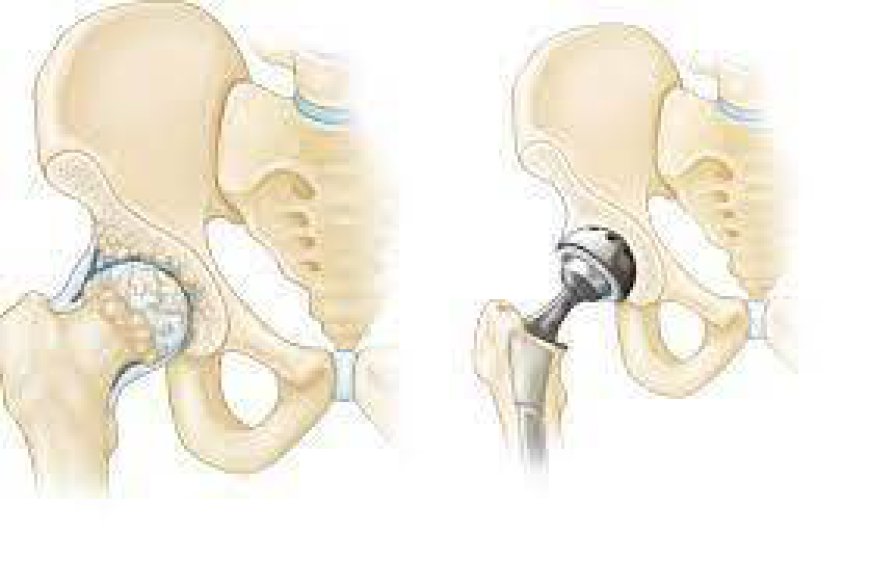How Regenerative Therapy Works: Mechanisms and Benefits

Regenerative therapy has emerged as a groundbreaking approach in the field of medicine, particularly in orthopedics, offering promising solutions for patients suffering from degenerative conditions, injuries, and chronic pain. This innovative therapy leverages the body's natural healing processes to repair and regenerate damaged tissues. In this blog post, we’ll explore how regenerative therapy in Karachi works, its mechanisms, and the benefits it offers, with insights from renowned orthopedic surgeon Dr. Shohab Hyder Shaikh.
1. Understanding Regenerative Therapy
Regenerative therapy encompasses a variety of treatments that aim to restore the function of damaged tissues and organs by harnessing the body's innate healing capabilities. This can include methods such as:
-
Stem Cell Therapy: Involves the use of stem cells to regenerate damaged tissues. Stem cells are unique in that they have the ability to develop into different cell types, promoting healing in various tissues.
-
Platelet-Rich Plasma (PRP) Therapy: Utilizes the patient's own blood components to accelerate healing. PRP is derived from blood that is rich in platelets and growth factors, essential for tissue repair.
-
Tissue Engineering: Combines cells, scaffolds, and biologically active molecules to create functional tissues that can replace or regenerate damaged ones.
2. Mechanisms of Regenerative Therapy
Regenerative therapy operates through several biological mechanisms that facilitate healing and tissue repair:
a. Cell Recruitment and Proliferation
Regenerative therapies often involve the injection of cells (like stem cells or PRP) directly into the injured or diseased area. These cells help recruit other healing cells to the site, promoting inflammation reduction, tissue regeneration, and the overall healing process.
b. Growth Factor Release
In PRP therapy, the concentrated platelets release growth factors that stimulate cell migration, proliferation, and differentiation. This release initiates a cascade of healing processes, enhancing tissue repair and regeneration.
c. Matrix Formation
Regenerative therapy can stimulate the formation of extracellular matrices, which provide structural support to the new tissue. This process is critical for the integration of new cells and the overall stability of the repaired area.
3. Benefits of Regenerative Therapy
Regenerative therapy offers numerous advantages for patients, particularly in orthopedic applications:
a. Minimally Invasive
Many regenerative treatments, such as PRP therapy, are minimally invasive and can often be performed in outpatient settings. This reduces recovery time and the risk of complications associated with traditional surgical methods.
b. Natural Healing
By harnessing the body's natural healing processes, regenerative therapies often result in fewer side effects and complications compared to synthetic alternatives.
c. Enhanced Recovery Times
Patients undergoing regenerative therapy may experience faster recovery times, allowing them to return to their daily activities and sports sooner. Dr. Shohab Hyder Shaikh emphasizes that patients often report significant improvements in pain and function following these treatments.
d. Long-Lasting Results
Many patients find that regenerative therapies provide long-lasting pain relief and improved functionality, particularly for chronic conditions like osteoarthritis and tendon injuries.
4. Real-World Applications
Regenerative therapy has shown promising results in various orthopedic conditions, including:
-
Osteoarthritis: Regenerative treatments can help reduce pain and improve joint function in patients suffering from degenerative joint disease.
-
Tendon Injuries: Conditions like Achilles tendinopathy and rotator cuff tears may benefit from regenerative therapy, promoting healing and reducing recovery time.
-
Cartilage Repair: Regenerative techniques can aid in repairing damaged cartilage in joints, enhancing mobility and reducing pain.
5. Conclusion
Regenerative therapy represents a significant advancement in the management of musculoskeletal disorders, offering patients hope for improved healing and functionality. By understanding the mechanisms behind these therapies and their potential benefits, patients can make informed decisions about their treatment options. With the expertise of Dr. Shohab Hyder Shaikh, individuals can explore regenerative therapies tailored to their specific needs, leading to enhanced recovery and a better quality of life.

 muslim
muslim